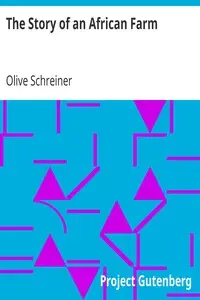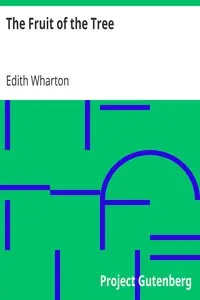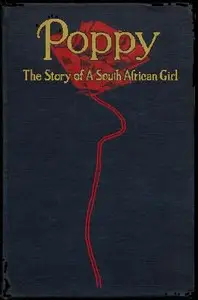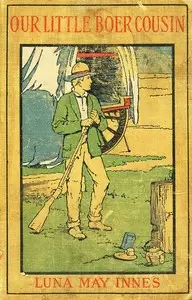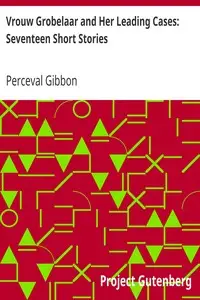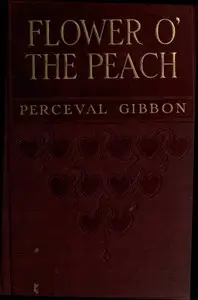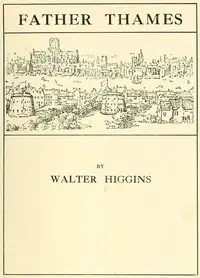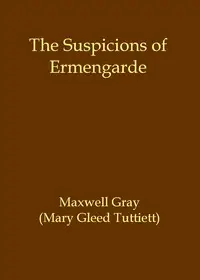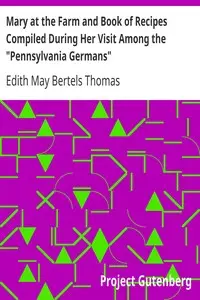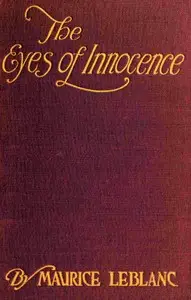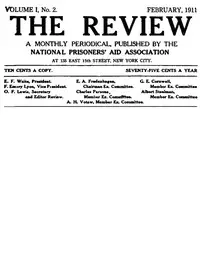"Flower o' the Peach" by Perceval Gibbon is a story that follows a youthful boy named Paul in the early 1900s in South Africa near the Karoo. He grows up in a time where race and social class greatly affect people. Paul learns about the world and himself through his relationships with an old shepherd and a woman who has fallen ill with her arrival, Miss Harding. The story starts with Paul thinking about the beauty of nature around him while he watches sheep go out to pasture. He talks with the shepherd, which makes him curious about a "mad Kafir," which pushes him to use his imagination to imagine what happened. The story introduces important people in Paul's life, like his mother, who thinks about the past, and Mrs. Jakes, who deals with the problems created by her imperfect husband, Dr. Jakes, which cause issues for others, mainly for Miss Harding, who has just come to the Sanatorium. In the beautiful landscape, Paul learns about art, what people expect of him, and the tough parts of life as the story unfolds.

Flower o' the Peach
By Perceval Gibbon
In early 20th century South Africa, a boy's life changes from an ill woman who arrives in a place rife with racial and societal issues.
Summary
About the Author
Perceval Gibbon was an author and journalist, serving for the Rand Daily Mail in South Africa, as well as for other publications. Gibbon had travelled to South Africa in 1898, moved to the war front and became the representative of a syndicate of colonial newspapers at the outbreak of the Anglo-Boer War. He is best remembered for his short stories, which often contained an ironic twist at the end. Gibbon's influence on the work of later South African authors has been acknowledged. For instance, the fictional narrator of Vrouw Grobelaar's Leading Cases (1905) is said to be a forerunner of Herman Charles Bosman's character Oom Schalk Lourens.
Perceval Gibbon was an author and journalist, serving for the Rand Daily Mail in South Africa, as well as for other publications. Gibbon had travelled to South Africa in 1898, moved to the war front and became the representative of a syndicate of colonial newspapers at the outbreak of the Anglo-Boer War. He is best remembered for his short stories, which often contained an ironic twist at the end. Gibbon's influence on the work of later South African authors has been acknowledged. For instance, the fictional narrator of Vrouw Grobelaar's Leading Cases (1905) is said to be a forerunner of Herman Charles Bosman's character Oom Schalk Lourens.

